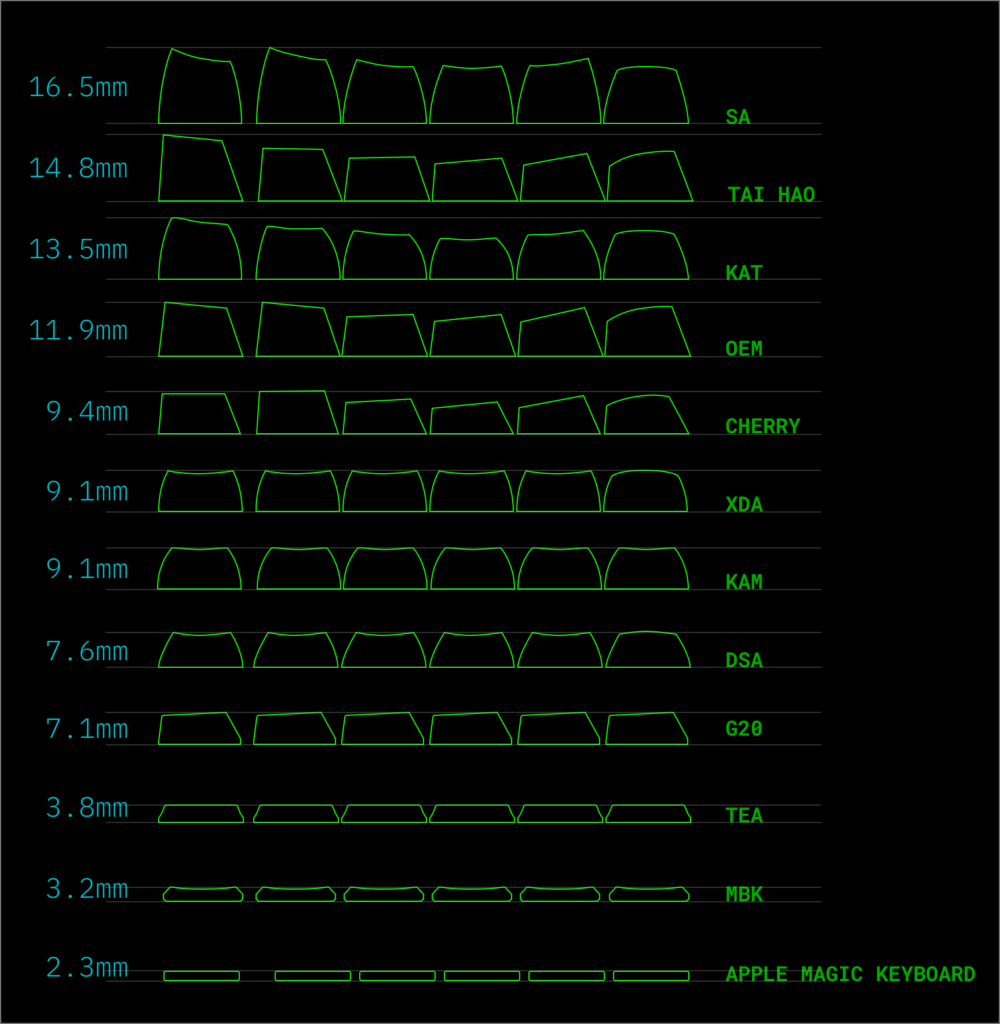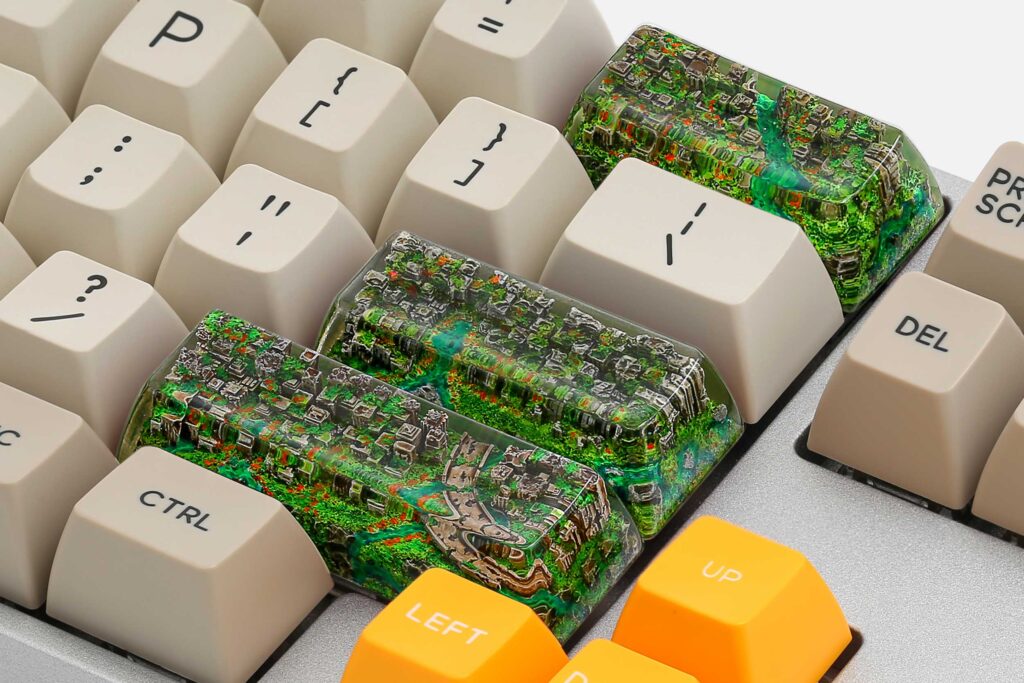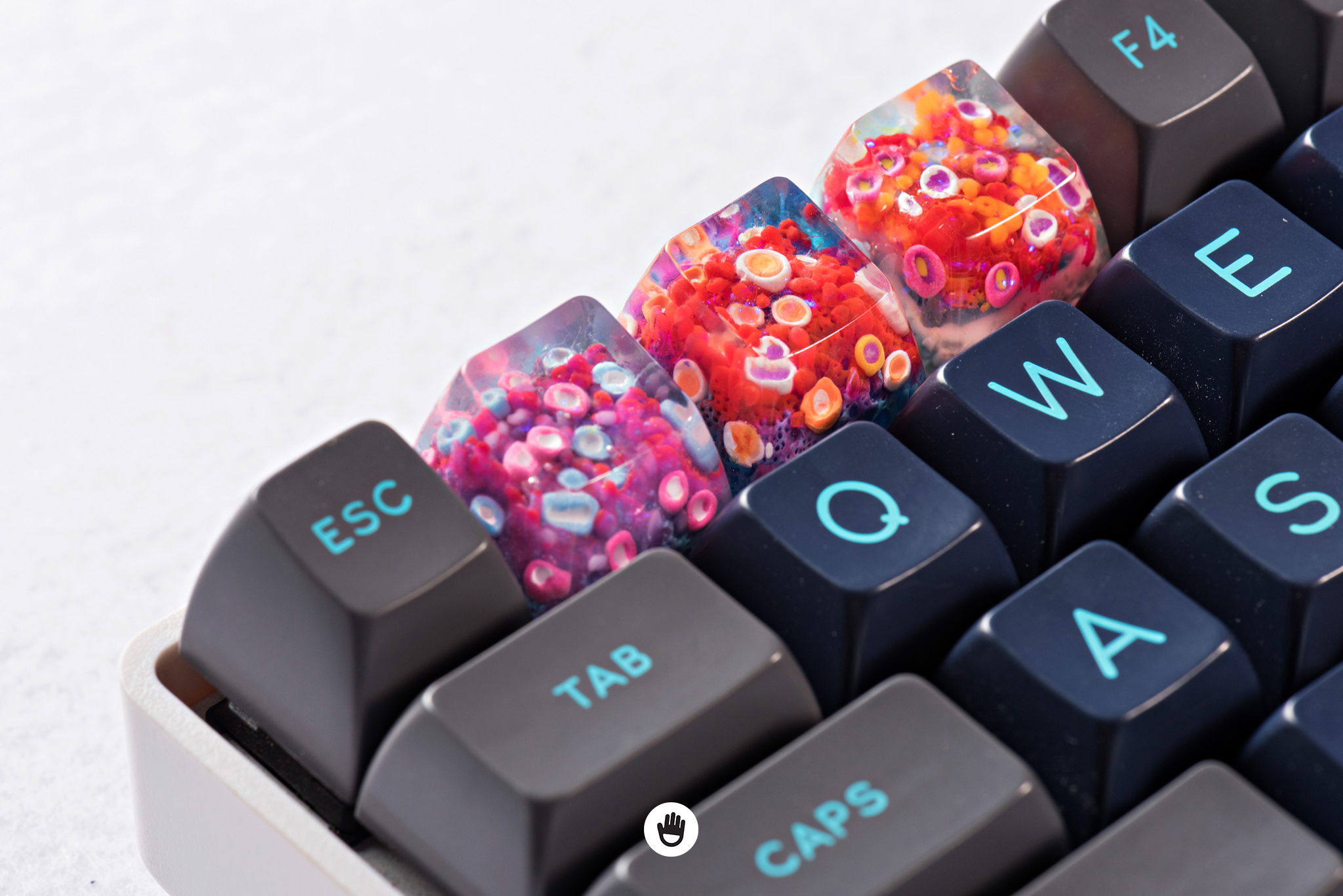Mechanical keyboards have been growing in popularity over the past few years due to their tactile feedback, durability, and customizability. One of the best ways to make your mechanical keyboard unique is by customizing the keycaps. In this guide, we will explore the different keycap profiles and artisan keycaps available to take your mechanical keyboard customization to the next level.
Introduction to Mechanical Keyboard Keycap Customization
Mechanical keyboard keycaps come in various sizes, shapes, and colors. They are typically made of ABS or PBT plastic, but some keycaps are made of more exotic materials such as aluminum, brass, or even wood. Keycap customization can be an easy and affordable way to give your mechanical keyboard a personal touch.
Keycap Profiles
The profile of a keycap refers to its shape and height. Different keycap profiles can significantly affect the typing experience and feel of your keyboard. Here are the most popular keycap profiles:
OEM Profile
The OEM profile is the most common profile and comes as the default keycap profile on many keyboards. It has a slightly curved top and a cylindrical shape. The height of the keycap is typically around 1.25mm.
Cherry Profile
The Cherry profile is similar to the OEM profile, but with a slightly lower height of around 1.10mm. The keycap has a curved top and a slightly wider base.
DSA Profile
The DSA profile is a uniform profile with a flat top and cylindrical shape. It has a height of around 0.9mm, making it one of the lowest profiles available.
SA Profile
The SA profile is a high-profile keycap with a curved top and a cylindrical shape. It has a height of around 1.5mm and offers a more pronounced typing experience.

Artisan Keycaps
Artisan keycaps are custom-made keycaps designed to add a unique touch to your keyboard. They are typically made by hand and can be made from a variety of materials, including resin, metal, or wood. Here are some popular artisan keycaps:
Jelly Key
Jelly Key is a well-known artisan keycap maker based in Vietnam. They specialize in creating keycaps with intricate designs and high-quality materials such as resin and metal.
Dwarf Factory
Dwarf Factory is another popular artisan keycap maker based in Thailand. They create unique keycaps with designs inspired by fantasy and sci-fi themes.
Hot Keys Project
Hot Keys Project is a California-based artisan keycap maker known for their high-quality keycaps made from resin and other materials. They offer a wide range of designs, including animal-inspired keycaps and novelty keycaps.

Keycap Compatibility
It is essential to ensure that the keycaps you choose are compatible with your keyboard’s switches. The two most common switch types are Cherry MX and Topre switches. Some keycaps are only compatible with one of these switch types, so make sure to double-check before making a purchase.
Keycap Materials
Keycaps can be made from a variety of materials, each with their unique properties. Here are some common keycap materials:
ABS Plastic
ABS plastic is the most common keycap material. It is relatively cheap and easy to manufacture but can be prone to yellowing over time.
PBT Plastic
PBT plastic is a higher-quality plastic that is more durable than ABS plastic. It is less prone to yellowing and has a more textured surface.
Aluminum
Aluminum keycaps are durable and provide a satisfying typing experience. They are typically more expensive than plastic keycaps and are only compatible with Cherry MX switches.
Wood
Wooden keycaps provide a unique look and feel. They are typically made from hardwood such as walnut, cherry, or oak. Wooden keycaps can be quite expensive but are highly sought after by keyboard enthusiasts.
Choosing the Right Keycaps
When choosing keycaps for your mechanical keyboard, there are several factors to consider, including profile, material, compatibility, and style. Here are some tips for choosing the right keycaps:
- Consider the profile of the keycaps and choose the one that provides the best typing experience for you.
- Choose a keycap material that suits your needs and preferences.
- Ensure that the keycaps you choose are compatible with your keyboard’s switches.
- Consider the style of the keycaps and choose the ones that match your aesthetic preferences.
Conclusion
Mechanical keyboard keycap customization is an excellent way to give your keyboard a personal touch. With the many keycap profiles, materials, and artisan keycaps available, you can create a unique keyboard that matches your style and preferences. By following the tips in this guide, you can choose the right keycaps and take your mechanical keyboard customization to the next level.
FAQs
- Are keycaps interchangeable between different brands of mechanical keyboards?
- In most cases, keycaps are interchangeable between different brands of mechanical keyboards, as long as they have the same switch type.
- Can I mix and match different keycap profiles?
- Yes, you can mix and match different keycap profiles, although this may affect the typing experience.
- Are artisan keycaps worth the investment?
- It depends on your personal preferences. Artisan keycaps can add a unique touch to your keyboard, but they can also be quite expensive.
- How do I clean my keycaps?
- You can clean your keycaps by removing them from the keyboard and washing them with soap and water. Be sure to dry them thoroughly before reattaching them to the keyboard.
- Can I use keycaps made for a different language on my keyboard?
- Yes, you can use keycaps made for a different language on your keyboard, as long as they are compatible with your keyboard’s switches. However, the layout and symbols on the keycaps may not match your language settings.

